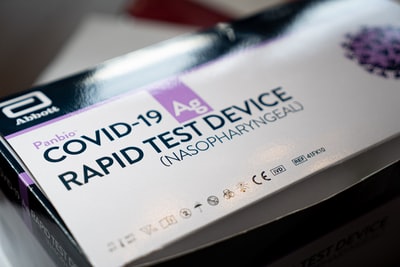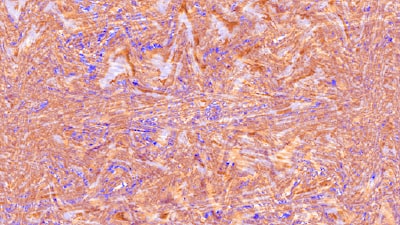Antigens

An antigen is a molecule which is able to stimulate an immune response. They tend to be proteins but can also be other inorganic molecules and act as a way in which the body can recognise if it’s one of its own cells or an intruder. All cells within the body consist of these antigens which they carry as part of their cell walls or cell membrane.
A self-antigen is found only on the cells of the host. All proteins have their own specific structure and are formed by a specific gene. Within humans there is a huge genetic variability. Within siblings, however, (apart from identical twins) there’s a one in four chance they’ll share an antigen.
If a non-self-antigen antigen enters the body, for example a virus, bacteria or the cell of another person, then there will be an immune response.
——————————————————
Granulocytes

- blood flow to the location is increased due to vasodilation
- in order for the phagocytes and granulocytes to reach the local tissue fluid the capillary leak, causing the area to swell and the excess fluid, containing the dead microbes and the pathogens, to be released as pus
- the sensory neurones are stimulated causing the area to become painful
- a scab forms as the blood clots to heal up the wound
Scarring is also part of the inflammatory response but occurs later on. Scar tissue is formed by collagen deposits which stimulate new cell growth. However, the tissue isn’t as specialised and so leaves behind a scar or even causes loss of function, as in the lungs.